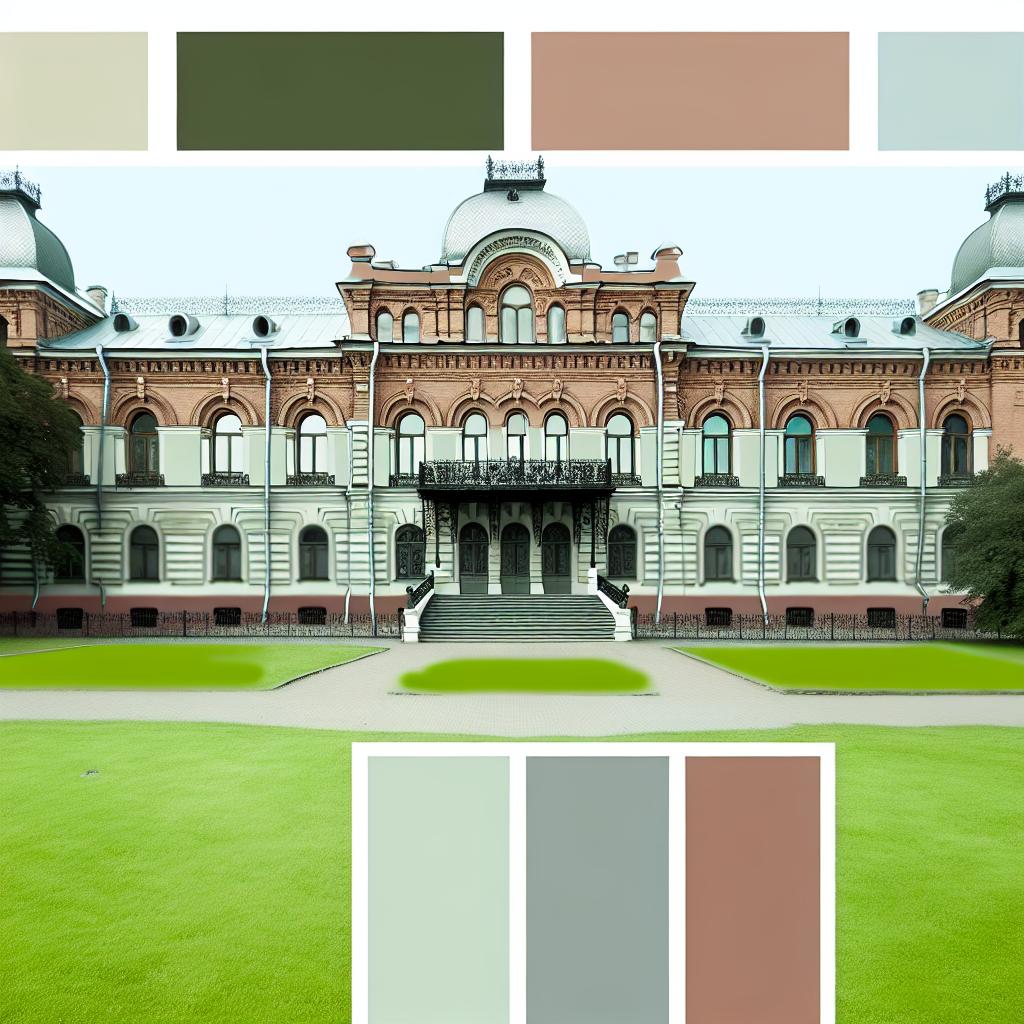Anichkov Palace: A Historical Overview
Anichkov Palace, prominently situated at the junction of Nevsky Prospekt and the Fontanka River in St. Petersburg, Russia, serves as a monumental cultural and historical landmark. This grand edifice has not only witnessed numerous transformations in its purpose and architecture but also remains a symbol of the rich tapestry of Russian history.
Construction and Early History
The inception of Anichkov Palace can be traced back to Empress Elizabeth of Russia, who commissioned the palace. Designed by the architect Mikhail Zemtsov, the architectural style employed was Baroque, which was quite popular in the era. The construction of this magnificent palace commenced in 1741 and reached completion in 1754. The palace derived its name from the proximate Anichkov Bridge, named after Colonel Mikhail Anichkov, who was an overseer of local projects. Initially, the palace embarked on its journey serving as a royal residence for the imperial family and acted as a showcase of imperial magnificence.
Architectural Features
The architectural design of Anichkov Palace epitomizes the Baroque style, highlighted by its opulent ornamental embellishments. The facade is particularly noted for its richly decorated stucco work that imbues the structure with a grand aura. The use of Corinthian columns further accentuates its majestic appearance. Throughout the years, the palace has undergone various renovations that incorporated Classical and Neo-Classical elements to reflect evolving architectural tastes.
Evolution Through the Centuries
During the 18th and 19th centuries, Anichkov Palace found itself undergoing frequent remodeling and redecoration. These transformations were directed by several architects, with significant contributions from well-known figures such as Francesco Bartolomeo Rastrelli and Ivan Starov. Predominantly, the palace served the Romanov family, housing various members of the imperial court.
As the 19th century progressed, the palace became closely associated with Grand Duke Alexey Alexandrovich. During this period, modifications reflected more restrained classical tastes, diverting from the original Baroque extravagance that characterized the initial facade and interiors.
Role During the Soviet Era
Post the 1917 Revolution, Anichkov Palace underwent a seismic transformation in its role and purpose. It was nationalized and thereafter served a gamut of governmental functions. A key conversion of the palace during this time was its transformation into the Leningrad Palace of Pioneers. This transformation marked a significant shift in its use, focusing on the education and extracurricular activities of Soviet youth—a move emblematic of the Soviet regime’s emphasis on youth development and education.
Visiting Anichkov Palace Today
In the present day, Anichkov Palace continues to serve as a cultural and educational facility. It hosts a variety of activities and events, providing a space for educational programs and cultural engagements. Though it is not regularly accessible to the public as a museum, special tours or events do occasionally allow visitors to explore its rich interiors. For architecture enthusiasts visiting St. Petersburg, the exterior view from Nevsky Prospekt offers a glimpse into its architectural grandeur. Participating in one of the occasional hosted events can also provide a deeper understanding of its historical and cultural significance.
For additional insights into the palace’s rich history and current functions, visitors are encouraged to consult the official St. Petersburg city guide or tap into local cultural resources that provide in-depth knowledge and context about this fascinating landmark.
Conclusion
Anichkov Palace stands as a testament to the enduring legacy and rich history of St. Petersburg. Through its evolution across different historical periods, this notable landmark reflects the architectural ambitions and societal roles of its times while adapting to serve new purposes in contemporary society. It continues to symbolize the juxtaposition of historical richness and modern-day cultural significance, maintaining its stature as a significant Russian cultural icon.

